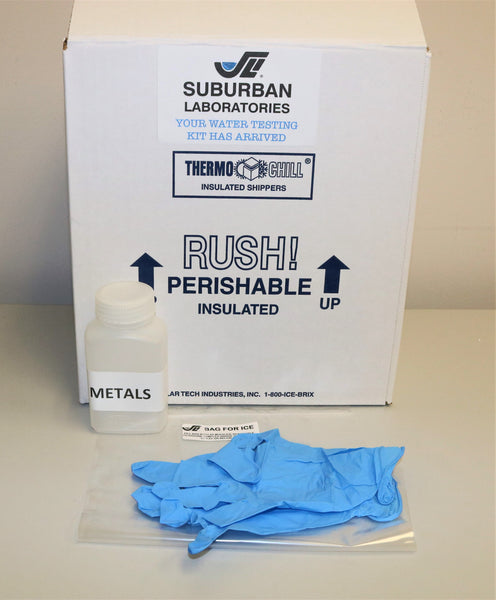Lead in Homes
Test for Lead in Drinking Water
Please note: This test is not suitable for DCFS lead testing requirements for day care homes. If you are testing a day care home, please use the Lead in Day Cares test.
What is lead?
Lead is a toxic metal that was used for many years in products found in and around homes. Even at low levels, lead may cause a range of health effects including behavioral problems and learning disabilities. Children six years old and under are most at risk because this is when the brain is developing. The primary source of lead exposure for most children is lead-based paint in older homes. Lead in drinking water can add to that exposure. Lead is sometimes used in household plumbing materials or in water service lines used to bring water from the main to the home. A prohibition on lead in plumbing materials has been in effect since 1986.
What are lead’s health effects?
Infants and children who drink water containing lead in excess of the action level could experience delays in their physical or mental development. Children could show slight deficits in attention span and learning abilities. Adults who drink this water over many years could develop kidney problems or high blood pressure.
How does lead get into my drinking water?
The major sources of lead in drinking water are corrosion of household plumbing systems; and erosion of natural deposits. Lead enters the water (“leaches”) through contact with the plumbing. Lead leaches into water through corrosion – a dissolving or wearing away of metal caused by a chemical reaction between water and your plumbing. Lead can leach into water from pipes, solder, fixtures and faucets (brass), and fittings. The amount of lead in your water also depends on the types and amounts of minerals in the water, how long the water stays in the pipes, the amount of wear in the pipes, the water’s acidity and its temperature.
Although the main sources of exposure to lead are ingesting paint chips and inhaling dust, EPA estimates that 10 to 20 percent of human exposure to lead may come from lead in drinking water. Infants who consume mostly mixed formula can receive 40 to 60 percent of their exposure to lead from drinking water.
It is strongly recommended that you test for lead if your home was built before 1986.
Your test kit will include a sample bottle and easy to follow sample collection instructions. When testing is complete, a report will be issued identifying any problems detected with your sample.








